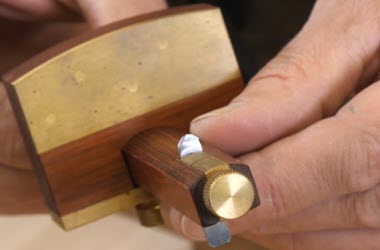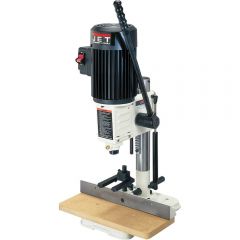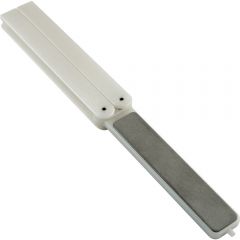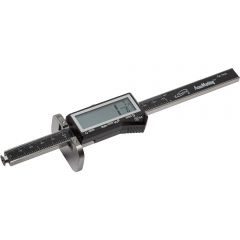How to Tune a Mortise Gauge - A Free Video from the Center for Furniture Craftsmanship
A mortising gauge is a deceptively simple woodworking tool but an essential part of any makers toolbox if you do a lot of projects involving joinery.
This video was produced for its free video library by The Center for Furniture Craftsmanship in Rockport, Maine. The Center is a nonprofit, international woodworking school dedicated to providing the best possible education in wood craftsmanship and design.
The mortise gauge is used to layout the marks for the mortise and tenons prior to cutting. A mortise gauge is commonly made from hardwood and has brass fittings. It is a relatively inexpensive marking tool but, cost can vary depending on its design and features.
How to Tune a Mortise Gauge with Tim Rousseau
In this video, Tim Rousseau, an instructor at the Center for Furniture Craftsmanship, demonstrates how to tune a mortise gauge. A mortise gauge has two pins that are adjustable in their spacing and a fence that works in conjunction. A mortise gauge is similar but different to a marking gauge which has only a single pin.
The first step is to give the tool a once-over, here are some things you're looking for:
- Do the pins close-down to at least a 1/4" or less. If they don't, you may have to grind down one or both sections of the T-bar.
- How snug the bar is, if the bar is too snug you may have to disassemble the tool and sand or file the sides of the slot to get pressure off the bar.
- How flush the bars are with the wood. If you need to flatten the face, that can be done with sandpaper and plate glass.
- How the fence travels on the beam. You want it to be free moving. If it's not, you may have to file the square opening. A metal file works well for light material removal. If the fence is too loose gluing on a shim or thick piece of paper may be necessary.
- How the pins are as well as their height in relation to each other. In fact, this should be the area of focus. It's not uncommon to find that the pins are not the same height. If that's the case when you go to use the tool one line will be deeper than the other.
The video above will walk you through how to correct pin height discrepancies as well as other maintenance issues necessary to keep your mortise gauge in tip top shape.
Related Product Categories
Keep the inspiration coming!
Subscribe to our newsletter for more woodworking tips and tricks







